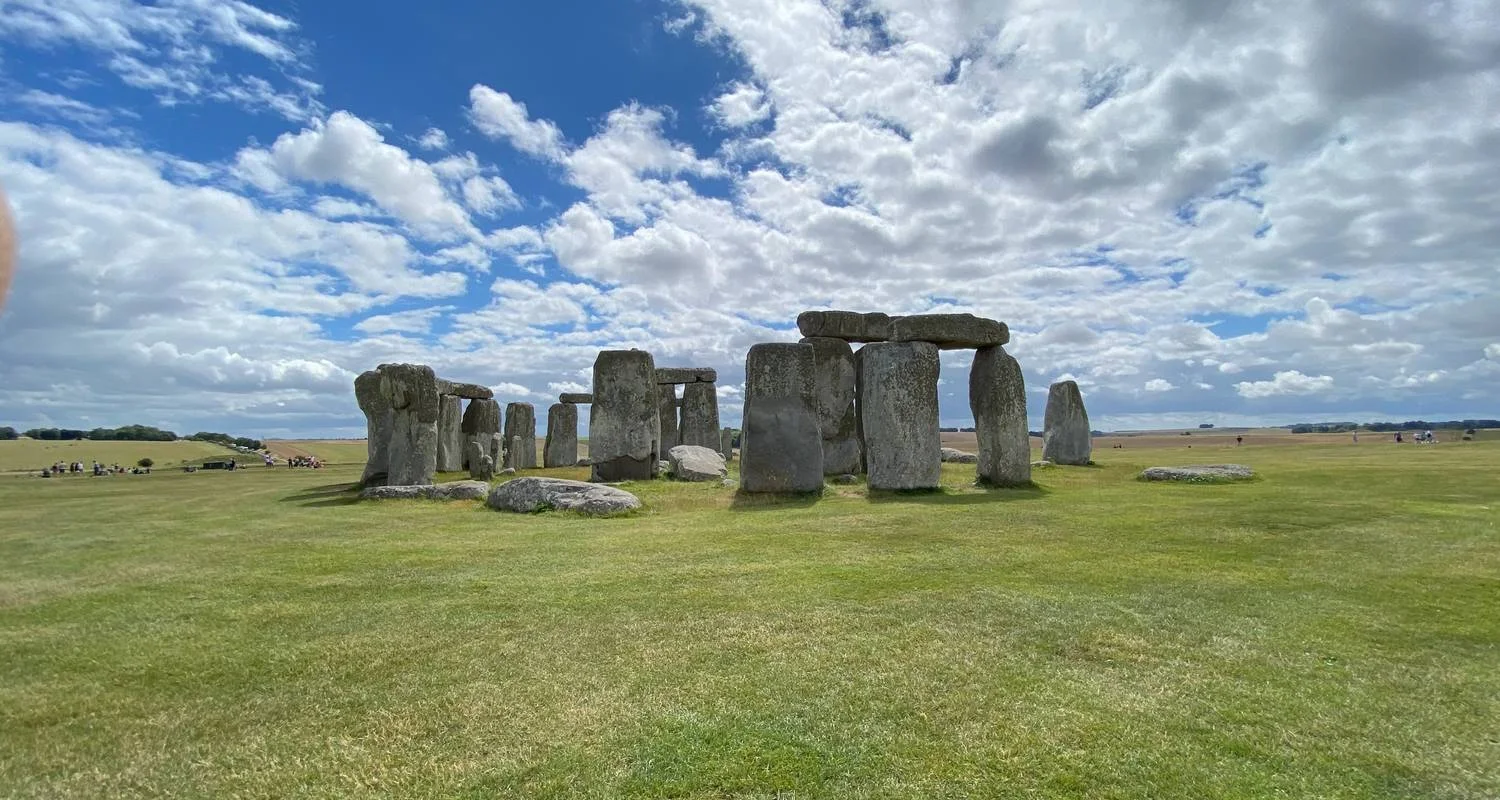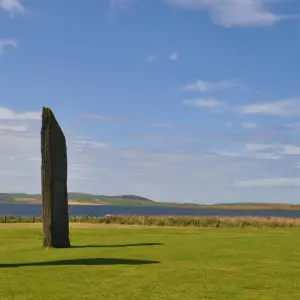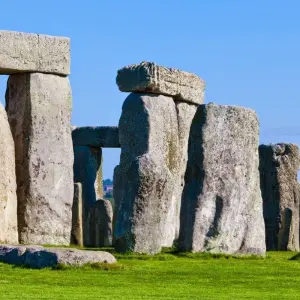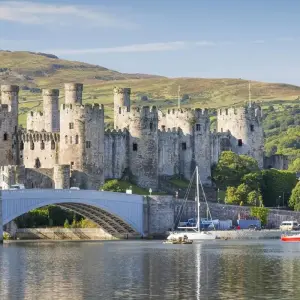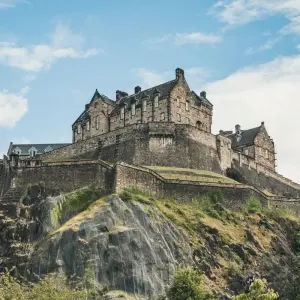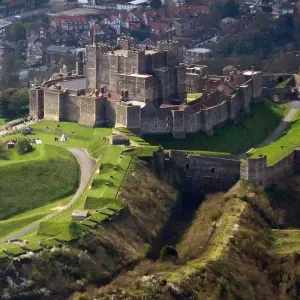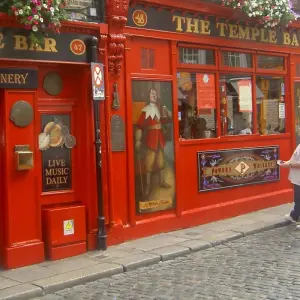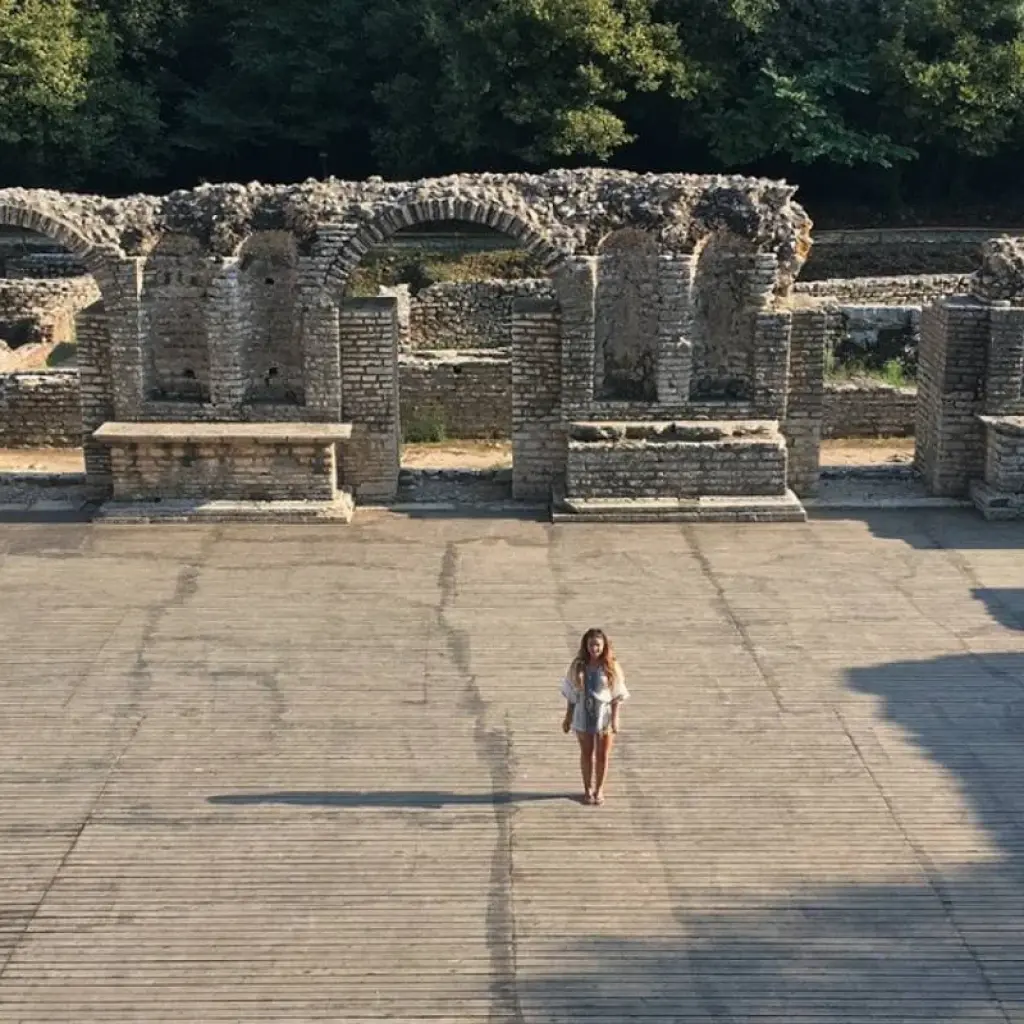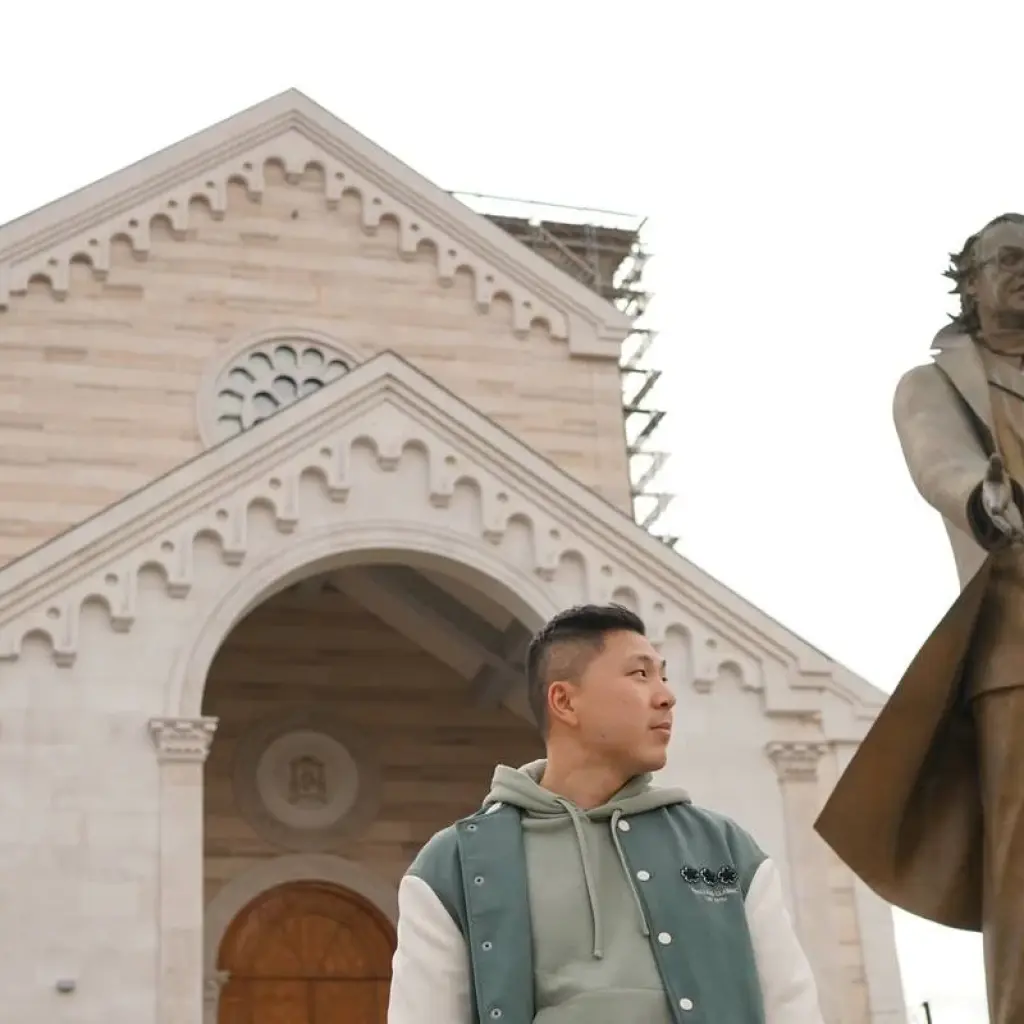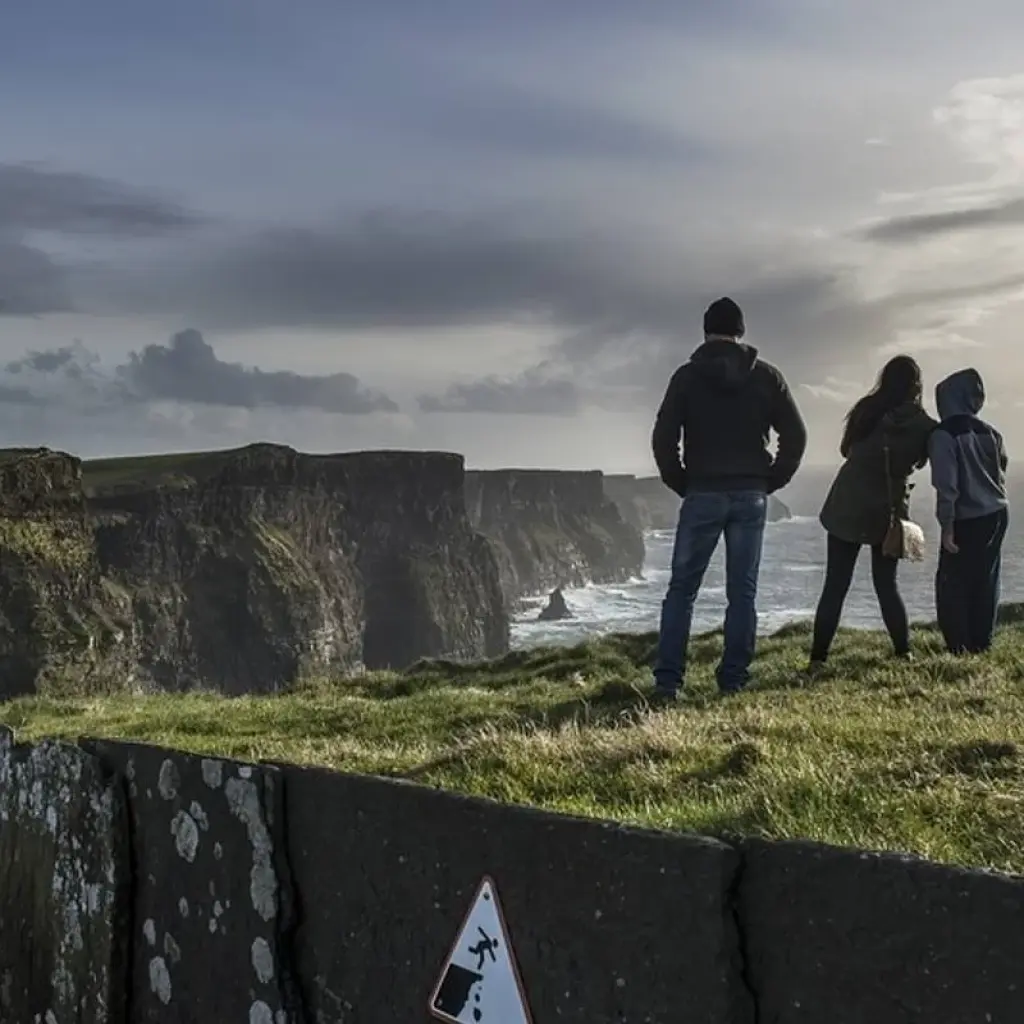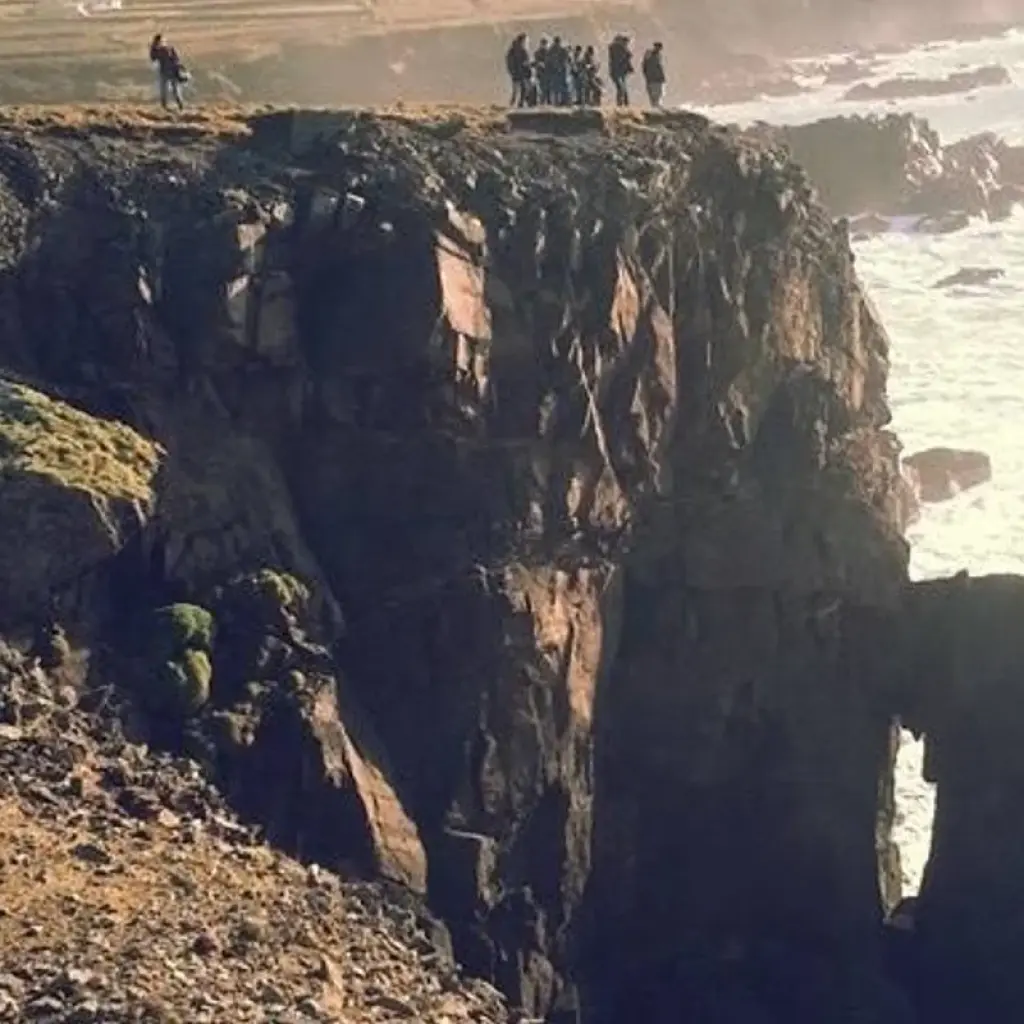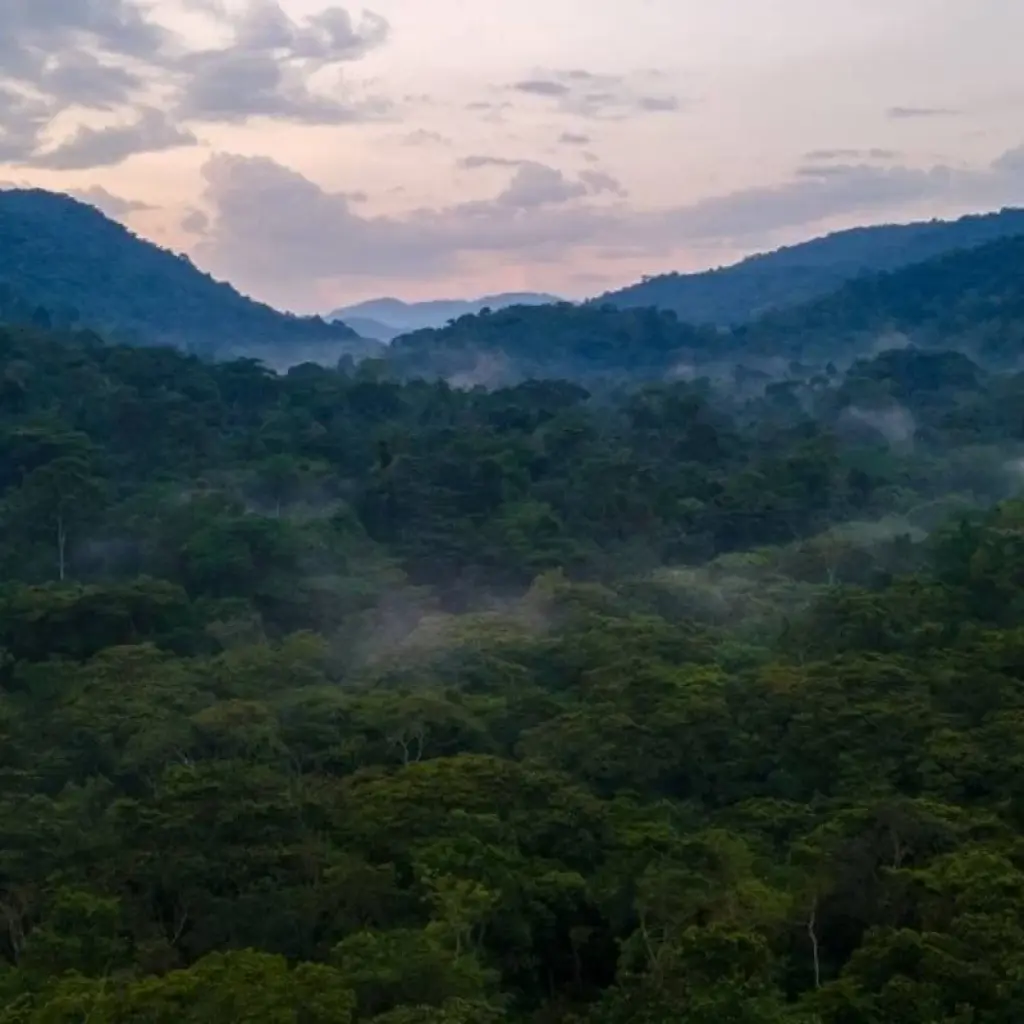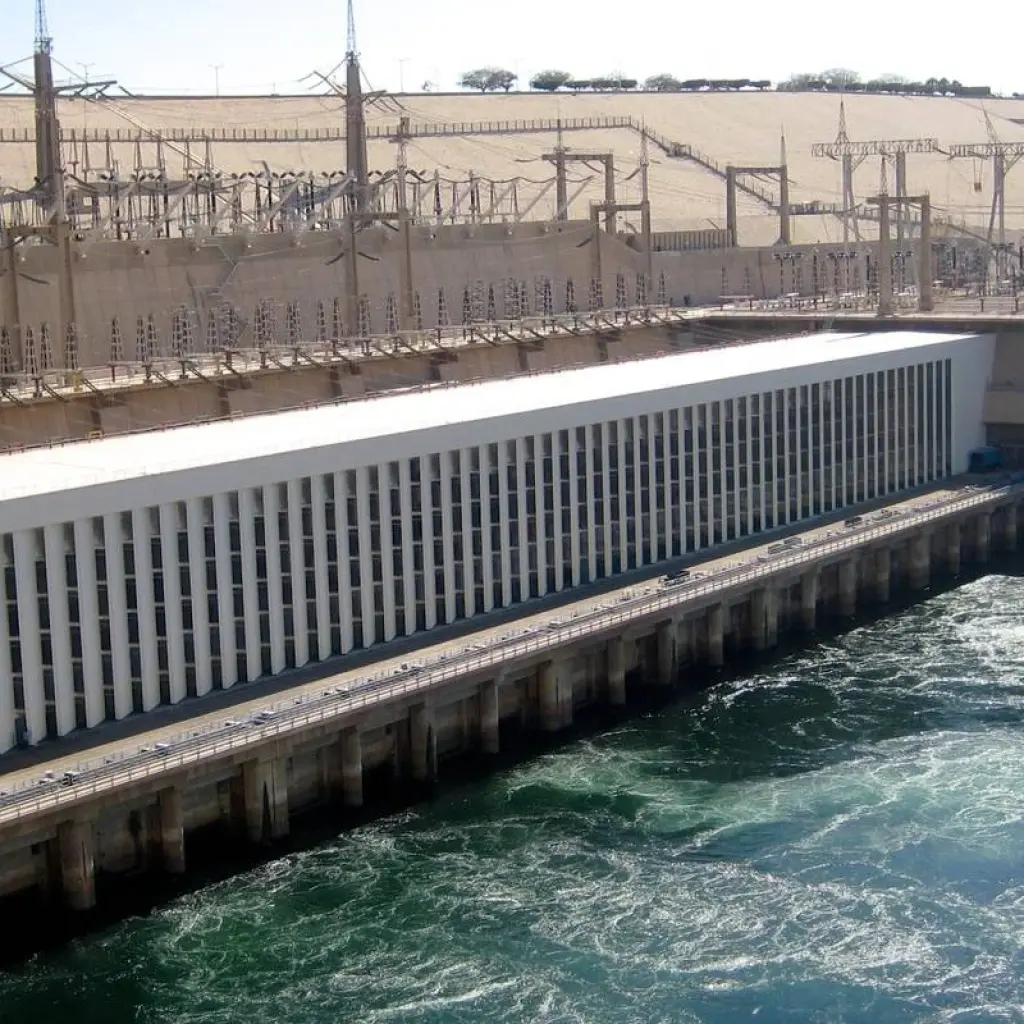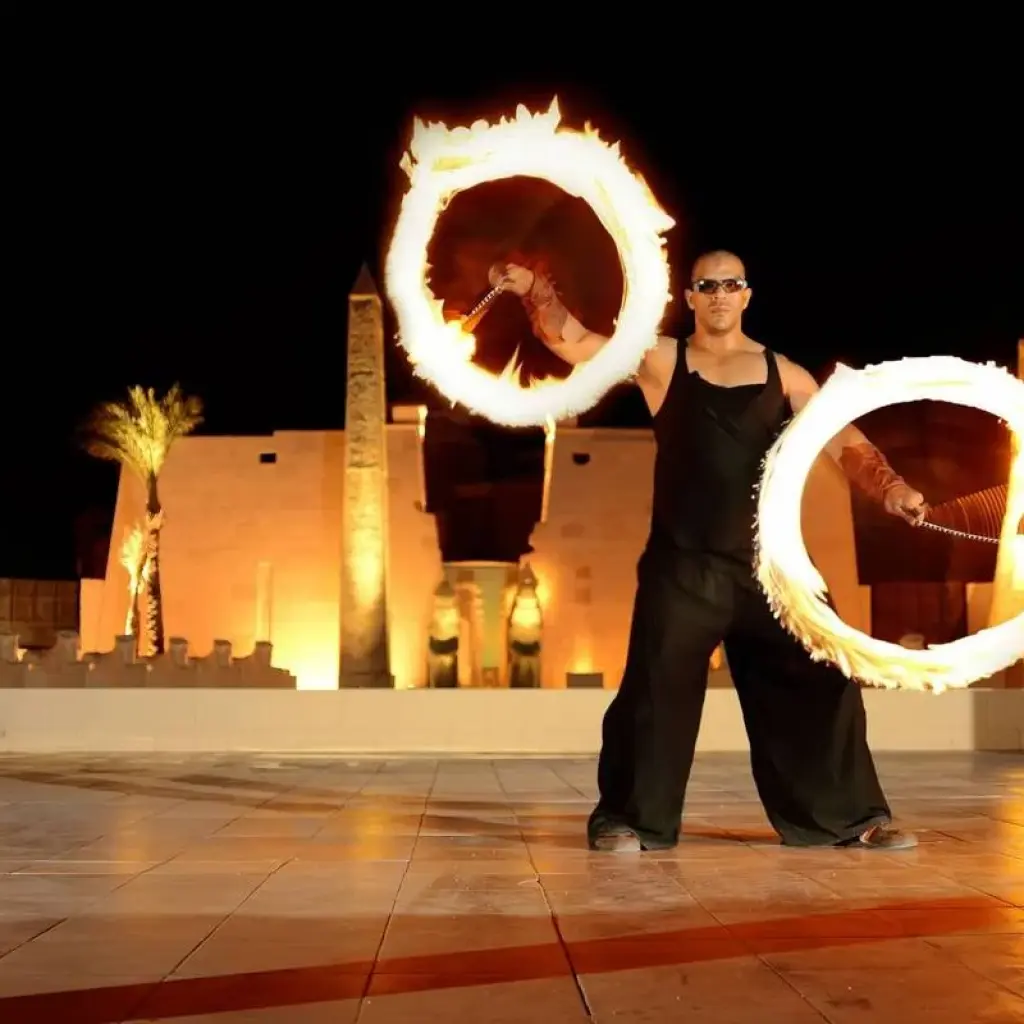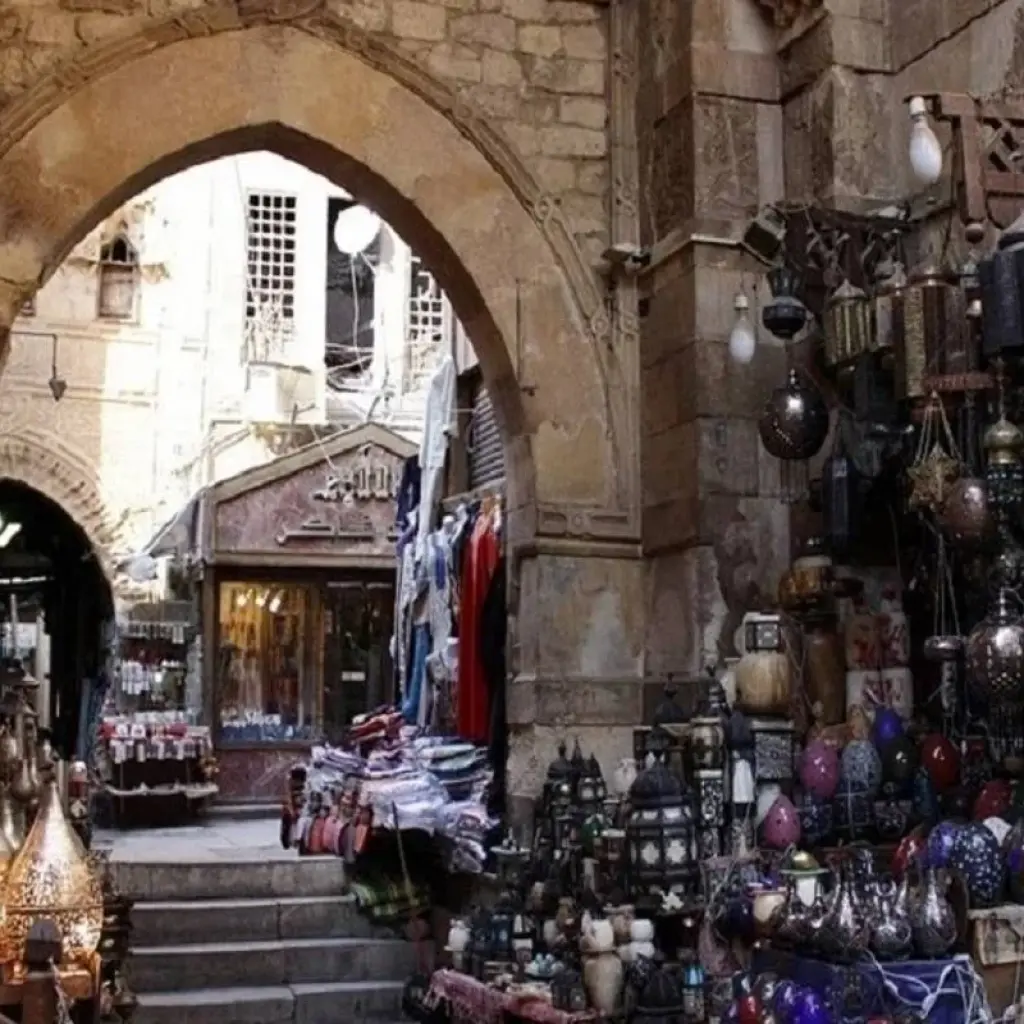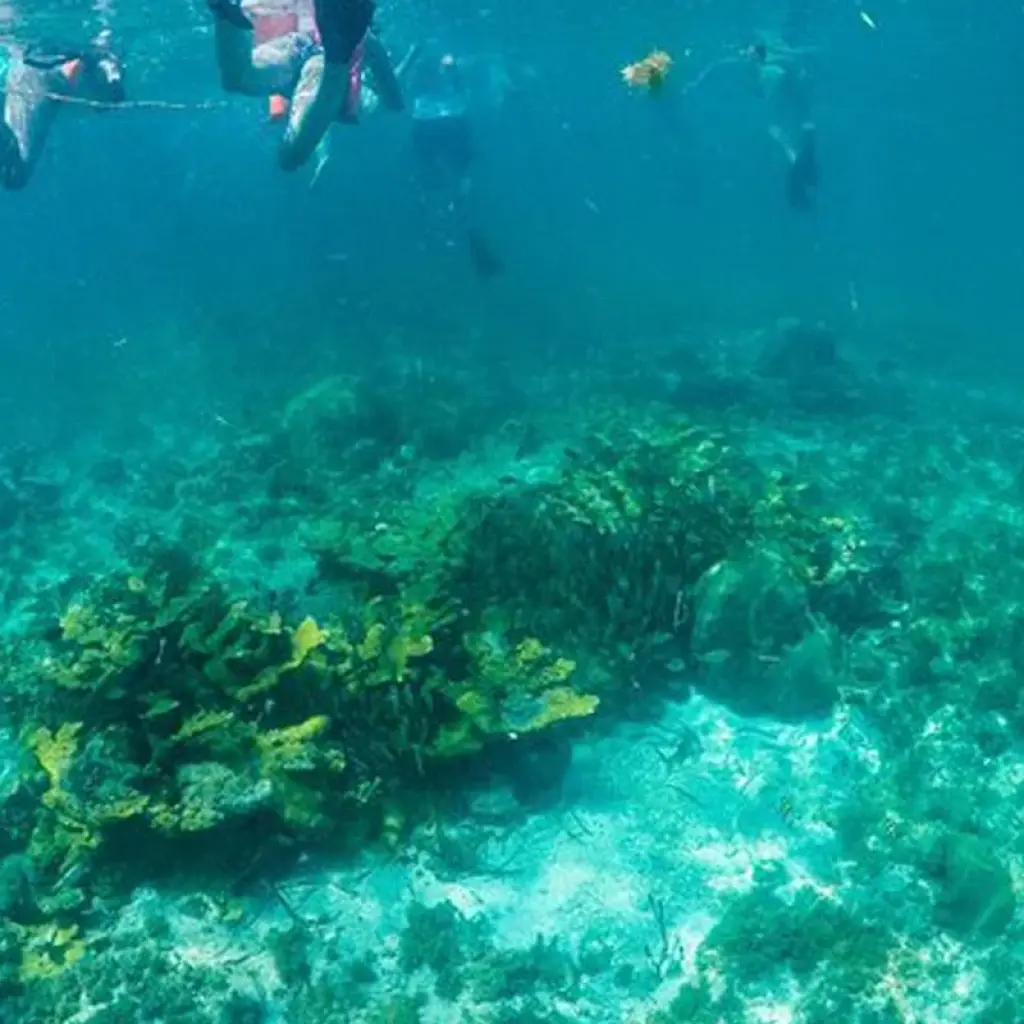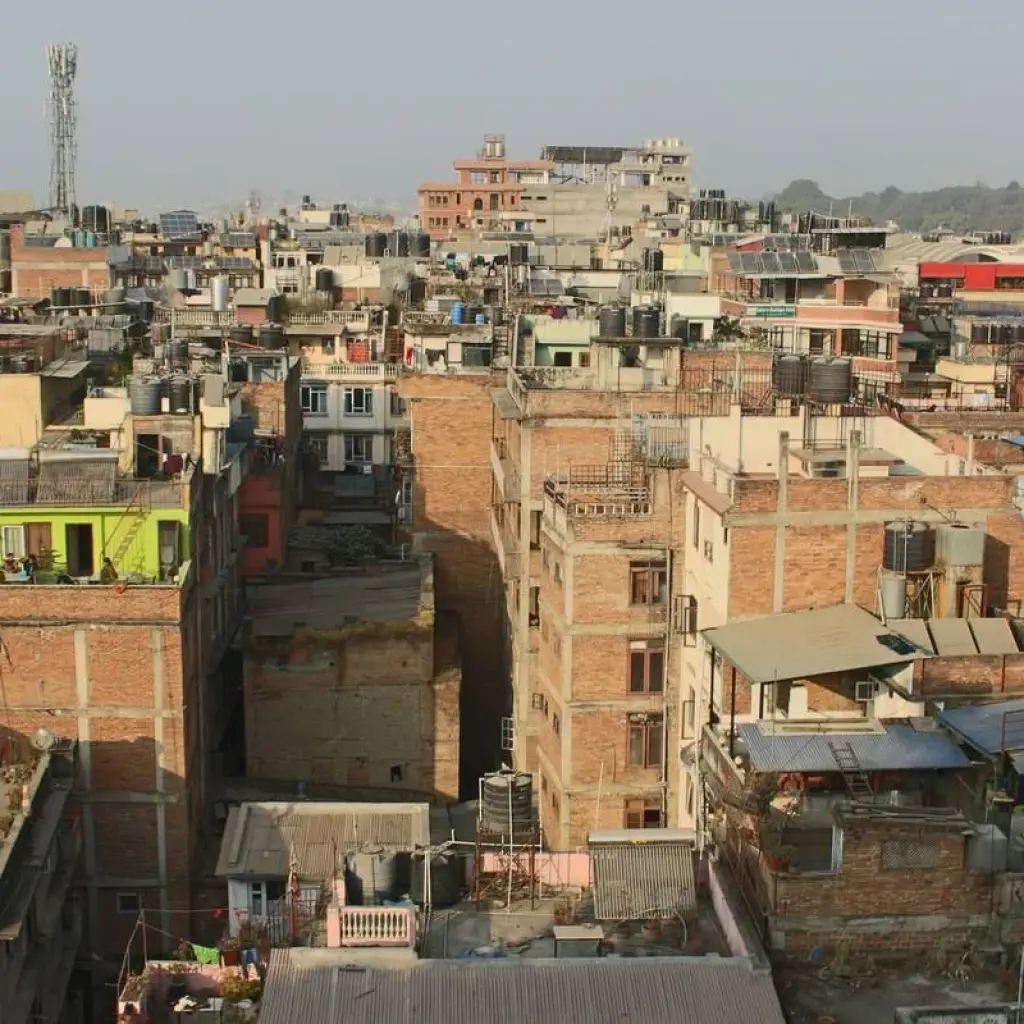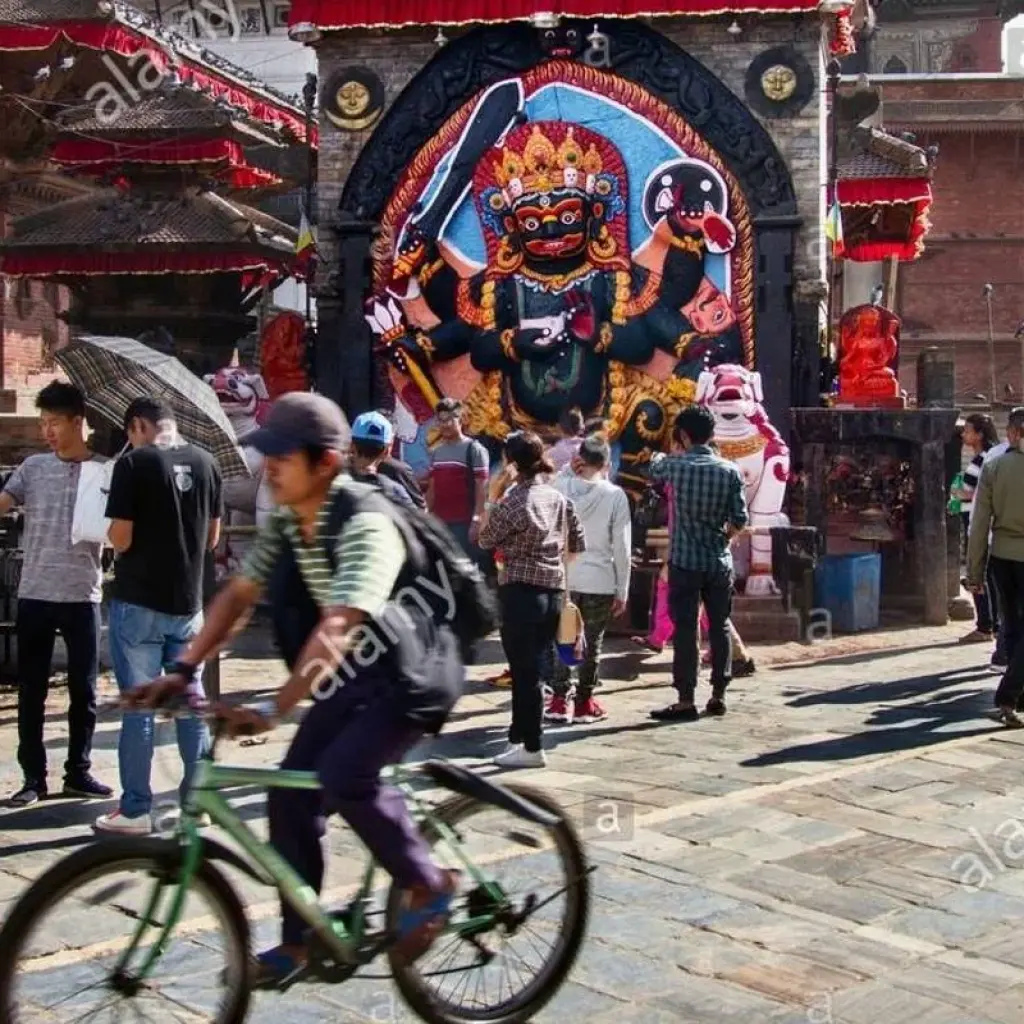Belfast is Northern Ireland’s capital. It was the birthplace of the RMS Titanic, which famously struck an iceberg and sunk in 1912. This legacy is recalled in the renovated dockyards' Titanic Quarter, which includes the Titanic Belfast, an aluminium-clad museum reminiscent of a ship’s hull, as well as shipbuilder Harland & Wolff’s Drawing Offices and the Titanic Slipways, which now host open-air concerts.
Included Shore Excursion: Giant Causeway & Titanic Museum - Our first stop will be the Giant’s Causeway, an area of about 40,000 interlocking basalt columns, and legend has it, it was built by the Irish giant, Finn MacCool. Scientists alternative explanation is the Causeway is the result of an ancient volcanic fissure eruption.
Then we drive to St George's Market, the last surviving Victorian covered market in Belfast for lunch and shopping. Enjoy the foods brought by local producers, as well as speciality foods from around the world. The market has a special emphasis on local arts and crafts. Live music from top local bands and solo artists will keep us entertained.
Our Titanic Experience includes exploring the shipyard, walking the decks, traveling to the depths of the ocean and uncovering the true legend of Titanic in the city where it all began. Titanic Belfast extends over nine interactive galleries, with multiple dimensions to the exhibition, drawing together special effects, dark rides, full-scale reconstructions and innovative interactive features. Berthed next to Titanic Belfast in the historic Hamilton Dry Dock is SS Nomadic, tender to RMS Titanic and the last remaining White Star Line ship in the world. Restored to her original 1911 glory, our visit combines the authentic heritage and atmosphere of this historic ship with the intriguing stories of her passengers Glasgow is a port city on the River Clyde in Scotland's western Lowlands. It's famed for its Victorian and art nouveau architecture, a rich legacy of the city's 18th–20th-century prosperity due to trade and shipbuilding. Thirty minutes away is Stirling, a market town, surrounded by rich farmland, grew up connecting the royal citadel, the medieval old town with its merchants and tradesmen, the bridge and the port.

